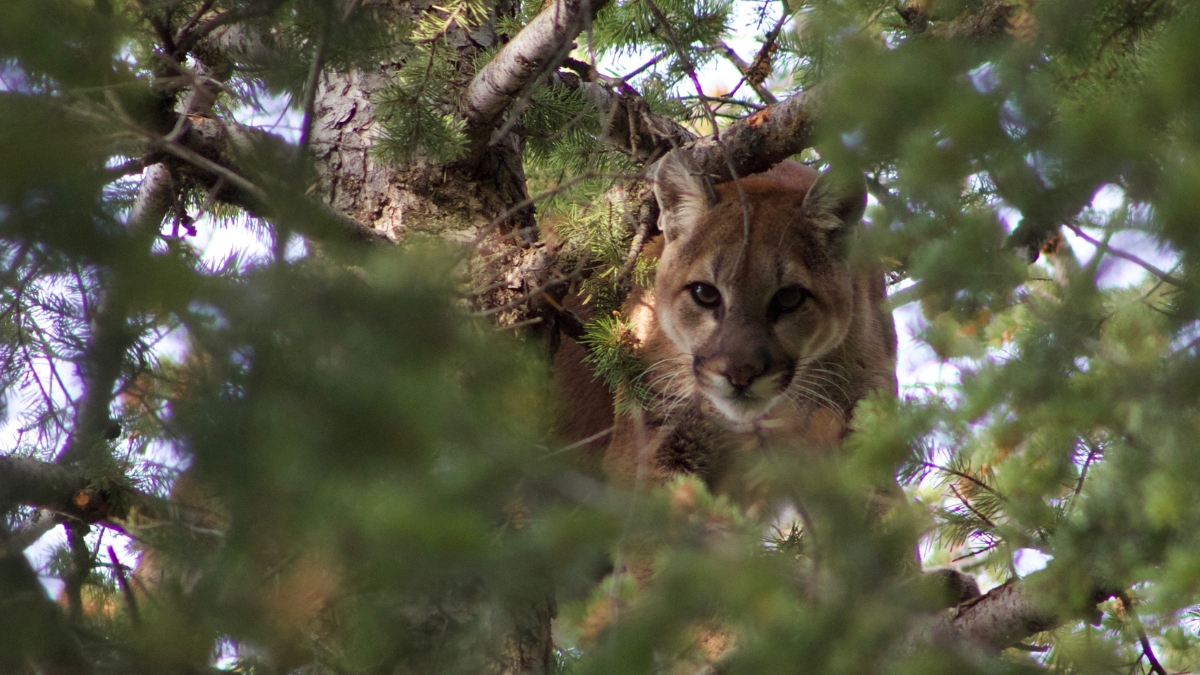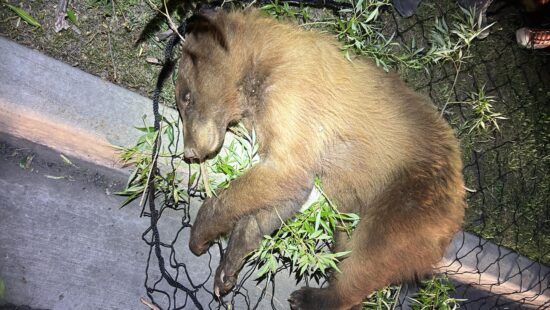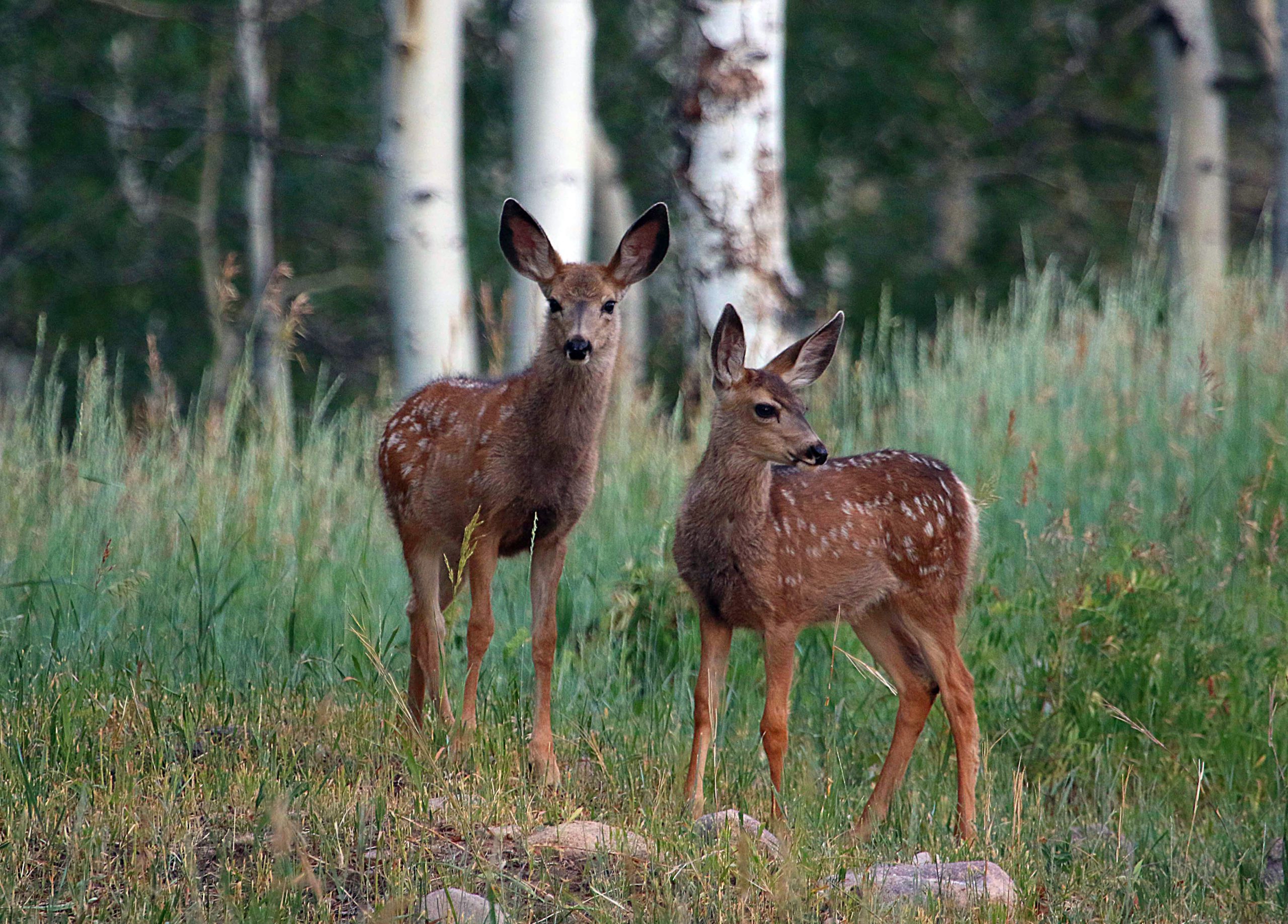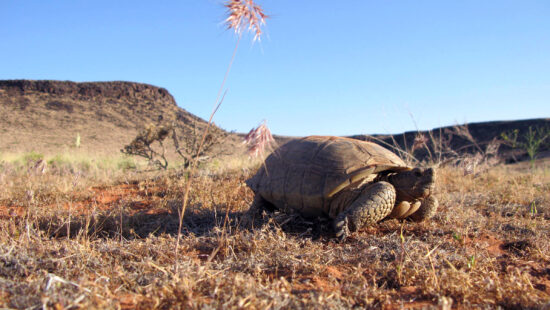Wildlife
Utah’s mountain lion population on the rise: What hikers should know

Mountain lion, or cougar, in a tree. Photo: Utah DWR
Cougars, also known as pumas, inhabit foothill and canyon areas throughout Utah, occasionally venturing into valleys during winter months when following deer to lower elevations. Population data shows cougar numbers in Utah have been increasing steadily in recent years.
SALT LAKE CITY — As Utahns head outdoors this summer, wildlife officials are urging hikers and trail runners to take precautions against potential mountain lion encounters.
Though cougar attacks are rare in the U.S., the Utah Division of Wildlife Resources is providing guidance as the state’s mountain lion population continues to grow.
“People are most likely to encounter cougars in areas frequented by mule deer, and at dawn and dusk, which is when cougars typically hunt,” said Darren DeBloois, Utah Division of Wildlife Resources Game Mammals Coordinator.
According to DeBloois, while cougar population numbers have actually declined from a peak in 2016, the overall trend since 2004 shows an increase, with more animals in 2023 than in 2004. He emphasizes that these figures represent minimum estimates of adult cougars aged two years and older, not accounting for kittens or yearlings.
Cougars, also known as pumas, inhabit foothill and canyon areas throughout Utah, occasionally venturing into valleys during winter months when following deer to lower elevations.
The predators primarily hunt deer but also consume elk, pronghorn, small mammals and birds. They often cache their kills by covering carcasses with soil, leaves or snow for later feeding.
Wildlife officials recommend several preventative measures, including hiking in groups, staying alert to surroundings, avoiding headphone use, and making noise to alert cougars of human presence. They also advise leaving areas where dead animals are found, particularly deer or elk, as these may be cougar kills.
For homeowners in deer habitat areas, the division recommends not leaving children unattended outside during dawn and dusk hours, installing motion-sensitive lighting, trimming vegetation to reduce hiding places, and securing pets and livestock indoors at night.
“Typically, a cougar that is trying to prey on something will sneak up and ambush them,” DeBloois said. “When a cougar lunges or bluffs a charge at someone, they are typically just trying to drive them out of the area because they have kittens or a kill nearby that they are trying to protect.”
If encountering a cougar, officials advise never running, maintaining eye contact, keeping children and pets close, standing tall, making yourself appear larger, speaking loudly while backing away slowly, and fighting back if attacked.
Officials note an increase in cougar sightings in recent years due to proliferation of doorbell cameras and security systems, along with more people moving into cougar and deer habitat areas.
Residents should report cougar sightings only if the animal has killed something in a neighborhood, shows aggressive behavior, or appears repeatedly on security cameras. One-time sightings typically indicate a passing animal that has often left the area by the time officials can respond.
Additional safety information is available on the Wild Aware Utah website.



















